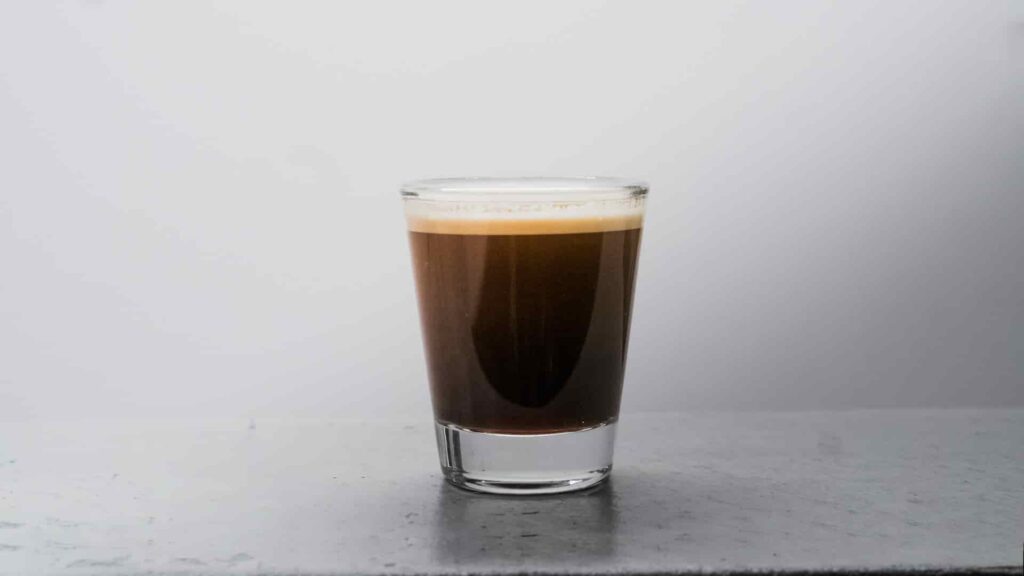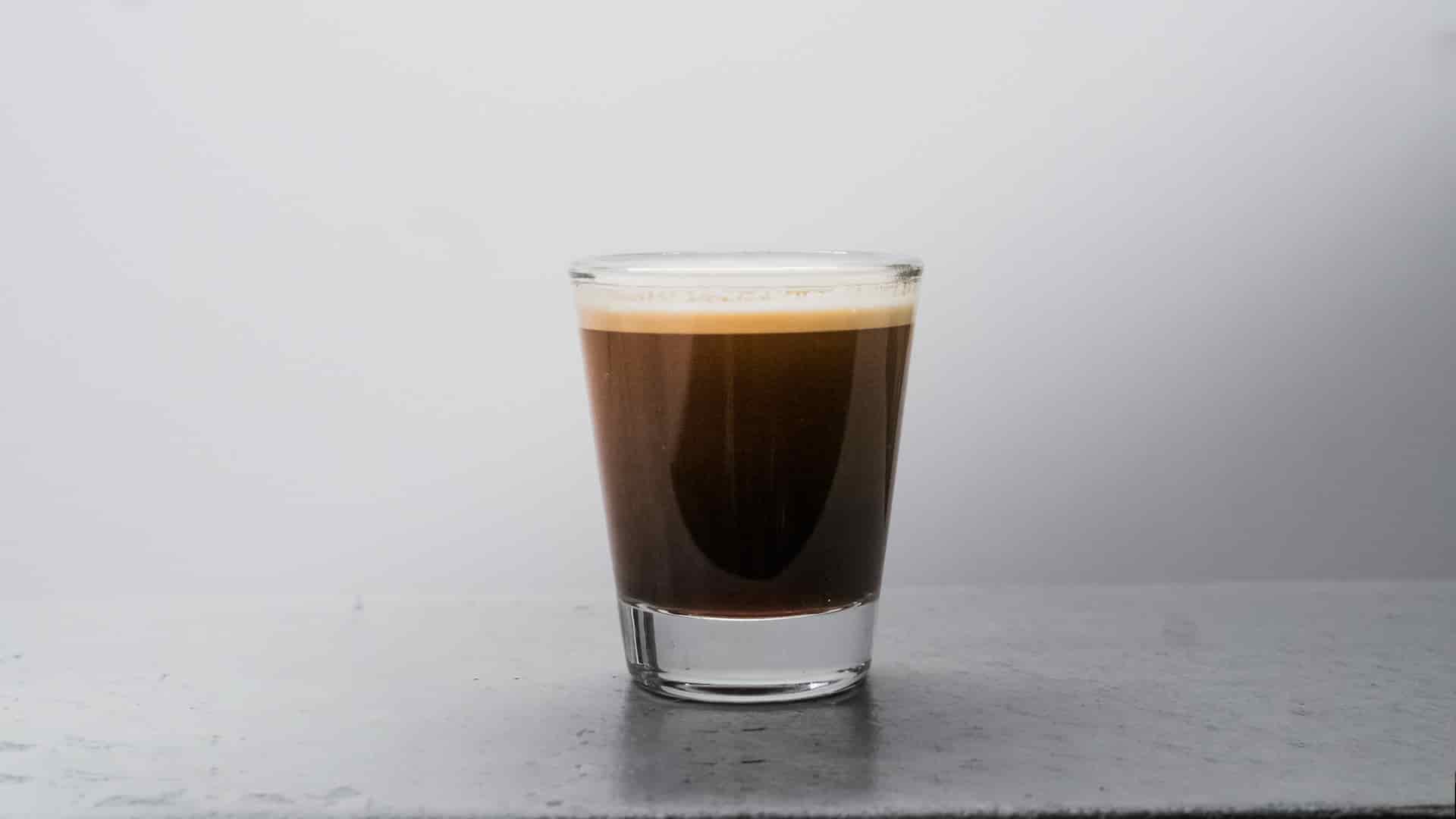
Decoding the Espresso Shot: How Many Ounces is One Shot?
The world of coffee is a vast and often confusing landscape, especially for newcomers. One of the most fundamental questions, particularly for espresso enthusiasts, revolves around the precise measurement of a single shot. This article delves into the specifics, answering the often-asked question: “How many ounces is one shot of espresso?” We’ll explore the standard measurements, the variations, and the factors that can influence the final volume of this concentrated coffee elixir.
Espresso, the heart of many beloved coffee drinks, is more than just a type of coffee; it’s a brewing method. It’s characterized by forcing nearly boiling water under pressure through finely-ground coffee beans. This process results in a concentrated coffee beverage, typically served in small portions. Understanding the volume of an espresso shot is crucial for both baristas and home brewers alike, as it directly impacts the strength, flavor, and overall experience of the coffee.
The Standard Espresso Shot: A Baseline
The generally accepted standard for a single shot of espresso is one ounce. This is the benchmark upon which many espresso-based drinks are built. However, it’s important to remember that this is a guideline, not a rigid rule. The actual volume can fluctuate slightly depending on various factors.
This one-ounce measurement is typically based on the volume of liquid espresso extracted. The ideal extraction yields a rich, syrupy texture, often accompanied by a layer of crema – the creamy, reddish-brown foam that sits atop a well-pulled shot. The crema is a crucial indicator of a properly extracted espresso, contributing to its flavor and mouthfeel.
Variations on the Theme: Understanding the Nuances
While one ounce is the standard, the world of espresso offers some flexibility. Several factors can influence the final volume of a single shot. These variations are often due to personal preference, the type of coffee being used, and the specific equipment employed.
The Double Shot
The most common variation is the double shot, which, logically, is approximately two ounces. This is a popular choice for those who prefer a stronger coffee experience or are looking to build larger drinks like lattes and cappuccinos. Double shots are frequently the default in many coffee shops.
The Ristretto
A ristretto is a shorter shot of espresso, typically around half an ounce to three-quarters of an ounce. The extraction is stopped earlier than usual, resulting in a more concentrated and sweeter flavor profile. Ristrettos are known for their intense flavor and are often enjoyed neat.
The Lungo
Conversely, a lungo is a longer shot of espresso, pulled for a longer time, resulting in a larger volume, often around two ounces or more. The extended extraction draws out more of the bitter compounds from the coffee grounds, resulting in a more bitter taste. Lungos are less common than ristrettos but still have their devotees.
Factors Influencing Espresso Shot Volume
Several variables can affect the final volume of an espresso shot. Understanding these factors can help you fine-tune your brewing process and achieve the desired results.
Coffee Grind Size
The fineness of the coffee grind is crucial. A finer grind restricts water flow, resulting in a slower extraction and potentially a smaller volume. A coarser grind allows for faster water flow and a potentially larger volume. Baristas meticulously adjust the grind size to achieve the ideal extraction.
Tamping Pressure
Proper tamping is essential. Tamping involves compressing the coffee grounds in the portafilter to create an even bed. Consistent tamping pressure ensures uniform water flow and a consistent extraction. Variations in tamping can affect the final volume.
Brewing Time
The brewing time, or the duration of the extraction, directly impacts the volume. A shorter brewing time results in a smaller volume (ristretto), while a longer brewing time results in a larger volume (lungo). The ideal brewing time varies depending on the coffee, the grind, and the desired flavor profile.
Coffee Bean Type and Roast
The type of coffee beans used and their roast level also play a role. Lighter roasts tend to be more dense and require slightly different extraction parameters compared to darker roasts. Different bean origins also have unique characteristics influencing the extraction.
Measuring Your Espresso Shot
Accuracy is key when it comes to measuring espresso shots. Several tools can help you ensure you’re getting the correct volume.
Espresso Cups
Espresso cups are often marked with volume indicators, making it easy to gauge the shot size. These cups are designed to hold the perfect amount of espresso, typically one to two ounces.
Shot Glasses
Shot glasses, often used in bars, can also be used to measure espresso. They typically have volume markings on the side, allowing for precise measurement.
Scales
Using a scale to weigh your espresso can provide an even more precise measurement. Weighing the espresso as it extracts can help you dial in your shot and ensure consistency.
Beyond the Basics: Espresso and Drink Creations
The knowledge of how many ounces are in one shot of espresso is fundamental to understanding and appreciating the various espresso-based drinks. From the classic cappuccino to the complex macchiato, the espresso shot is the base upon which these creations are built.
Consider the cappuccino, a drink typically composed of a shot of espresso, steamed milk, and foamed milk. The standard recipe calls for a single shot of espresso (one ounce), which is then combined with the milk components. Understanding the shot volume ensures the drink’s balance and flavor profile.
The latte, another popular espresso drink, typically uses a double shot of espresso (two ounces). This provides the necessary coffee strength to cut through the sweetness of the milk and added syrups. Knowing the volume of the espresso is critical for creating a well-balanced latte.
The Importance of Consistency
Consistency is crucial in the world of espresso. Achieving a consistent shot volume, extraction time, and flavor profile is essential for creating a consistently delicious cup of coffee. Paying attention to the details, such as grind size, tamping pressure, and brewing time, will help you achieve the desired results every time.
Whether you are a home barista or a professional, understanding how many ounces is one shot of espresso is the first step towards mastering the art of espresso. This knowledge will allow you to experiment, refine your technique, and ultimately, enjoy a perfect cup of coffee.
Conclusion: Mastering the Espresso Shot
In conclusion, while the standard answer to “How many ounces is one shot of espresso?” is one ounce, the reality is more nuanced. Variations exist, and the final volume can be influenced by several factors. By understanding these factors and paying attention to detail, you can master the art of espresso and create the perfect cup, shot after shot.
Remember that the journey of espresso is one of constant learning and refinement. Experiment with different techniques, explore various coffee beans, and, most importantly, enjoy the process. The perfect espresso shot is a reward for your dedication and an invitation to savor the rich and complex flavors of this beloved beverage. Now that you know how many ounces is one shot of espresso, you’re well on your way to becoming an espresso aficionado.
[See also: Related Article Titles]


